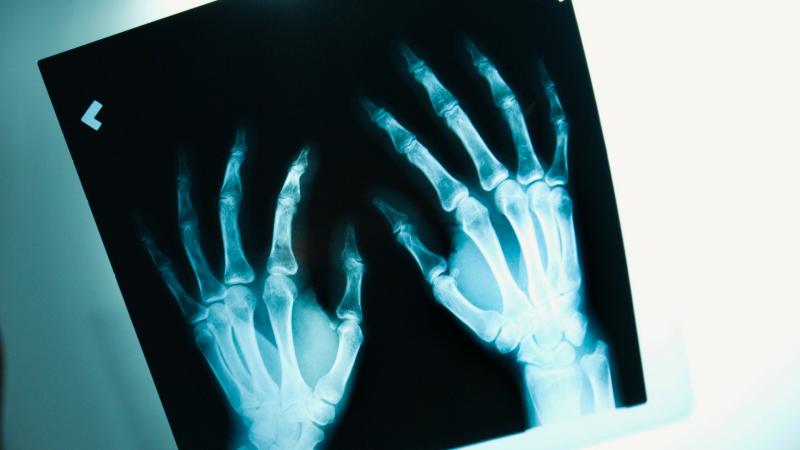
The need for effective and rapid bone regeneration treatments is crucial now more than ever, due to the ever-rising number of bone defects and fractures. Conventional bone regeneration like grafts suffer from a shortage of available donors as well as added complications due to the immune rejection of the grafts. To overcome these issues, newer methods of bone regeneration like bone tissue engineering, are fast becoming the preferred method of treatment, owing to their ease of use, lower medical costs as well as the absence of complications associated with bone grafts. Bone tissue engineering involves surgically implanting biodegradable biomaterials in the form of three dimensional (3D) scaffolds that can support and aid bone cells and growth factors naturally found in the body to repair the damaged bones. Scientists from the Indian Institute of Science, Bengaluru have now comprehensively studied polymers derived from two families of polyesters to come up with ways of manipulating the properties of these biomaterials. They synthesized biodegradable polymers made up of monomers of either galactitol and adipic acid or galactitol and dodecanedioic acid, and further crosslinked them with monomers such as citric acid, glutaric acid, maleic acid, malic acid, succinic acid, and tartaric acid. These crosslinking monomers are non-toxic and are naturally found in the body or in foods that we commonly eat, and are easy to both produce artificially as well as metabolize in the body. The scientists systematically compared the physical properties of the different polymers obtained with the varying crosslinking processes, and tried to correlate them with the patterns of their crosslinking. Their study demonstrates that properties like mechanical strength and hydrophobicity could be increased with increase in cross-linking. On the other hand, properties like biodegradability and sustained release of drugs attached to these biomaterials, could be decreased with increase in crosslinking. Thus, a smart and appropriate selection of cross-linking monomers can be a very effective tool for modulating the physical & chemical properties of the biodegradable biomaterials.





